Eicosyl ferulateCAS# 133882-79-8 |

Quality Control & MSDS
3D structure
Package In Stock
Number of papers citing our products
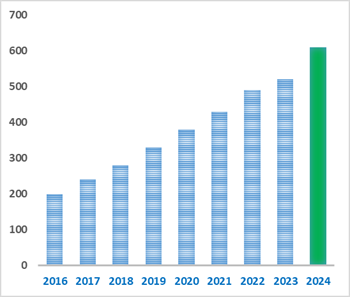
| Cas No. | 133882-79-8 | SDF | Download SDF |
| PubChem ID | 6440080 | Appearance | Powder |
| Formula | C30H50O4 | M.Wt | 474.73 |
| Type of Compound | Phenylpropanoids | Storage | Desiccate at -20°C |
| Solubility | Soluble in Chloroform,Dichloromethane,Ethyl Acetate,DMSO,Acetone,etc. | ||
| Chemical Name | icosyl (E)-3-(4-hydroxy-3-methoxyphenyl)prop-2-enoate | ||
| SMILES | CCCCCCCCCCCCCCCCCCCCOC(=O)C=CC1=CC(=C(C=C1)O)OC | ||
| Standard InChIKey | UBNJQWYYWIBSGN-ZNTNEXAZSA-N | ||
| Standard InChI | InChI=1S/C30H50O4/c1-3-4-5-6-7-8-9-10-11-12-13-14-15-16-17-18-19-20-25-34-30(32)24-22-27-21-23-28(31)29(26-27)33-2/h21-24,26,31H,3-20,25H2,1-2H3/b24-22+ | ||
| General tips | For obtaining a higher solubility , please warm the tube at 37 ℃ and shake it in the ultrasonic bath for a while.Stock solution can be stored below -20℃ for several months. We recommend that you prepare and use the solution on the same day. However, if the test schedule requires, the stock solutions can be prepared in advance, and the stock solution must be sealed and stored below -20℃. In general, the stock solution can be kept for several months. Before use, we recommend that you leave the vial at room temperature for at least an hour before opening it. |
||
| About Packaging | 1. The packaging of the product may be reversed during transportation, cause the high purity compounds to adhere to the neck or cap of the vial.Take the vail out of its packaging and shake gently until the compounds fall to the bottom of the vial. 2. For liquid products, please centrifuge at 500xg to gather the liquid to the bottom of the vial. 3. Try to avoid loss or contamination during the experiment. |
||
| Shipping Condition | Packaging according to customer requirements(5mg, 10mg, 20mg and more). Ship via FedEx, DHL, UPS, EMS or other couriers with RT, or blue ice upon request. | ||
| Description | Standard reference |
| In vitro | Aristolochic acids, aristolactam alkaloids and amides from Aristolochia kankauensis.[Pubmed: 7765207]Phytochemistry. 1994 Jul;36(4):1063-8.
|

Eicosyl ferulate Dilution Calculator

Eicosyl ferulate Molarity Calculator
| 1 mg | 5 mg | 10 mg | 20 mg | 25 mg | |
| 1 mM | 2.1065 mL | 10.5323 mL | 21.0646 mL | 42.1292 mL | 52.6615 mL |
| 5 mM | 0.4213 mL | 2.1065 mL | 4.2129 mL | 8.4258 mL | 10.5323 mL |
| 10 mM | 0.2106 mL | 1.0532 mL | 2.1065 mL | 4.2129 mL | 5.2662 mL |
| 50 mM | 0.0421 mL | 0.2106 mL | 0.4213 mL | 0.8426 mL | 1.0532 mL |
| 100 mM | 0.0211 mL | 0.1053 mL | 0.2106 mL | 0.4213 mL | 0.5266 mL |
| * Note: If you are in the process of experiment, it's necessary to make the dilution ratios of the samples. The dilution data above is only for reference. Normally, it's can get a better solubility within lower of Concentrations. | |||||

Calcutta University

University of Minnesota

University of Maryland School of Medicine
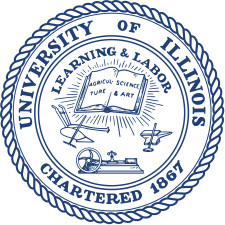
University of Illinois at Chicago
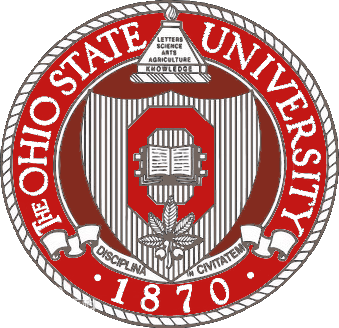
The Ohio State University
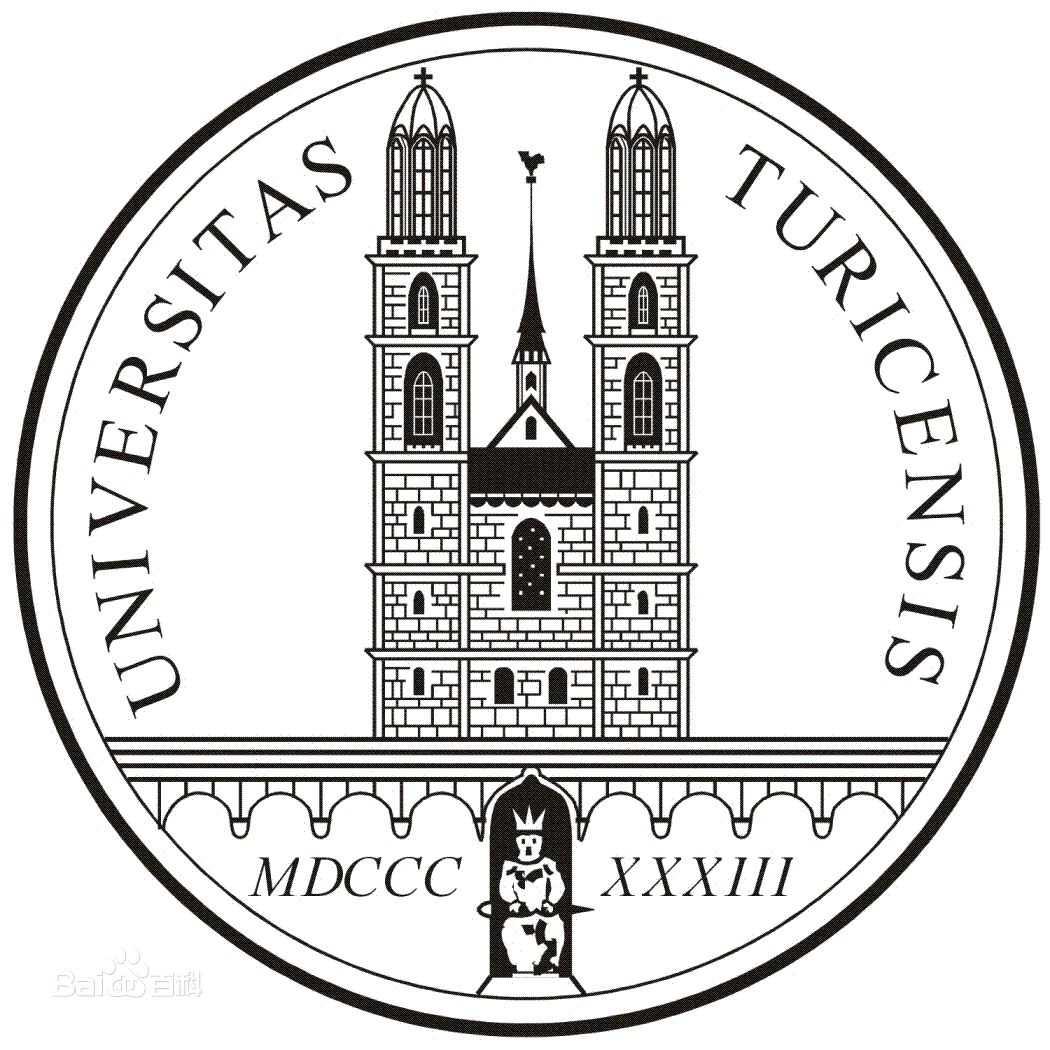
University of Zurich

Harvard University

Colorado State University
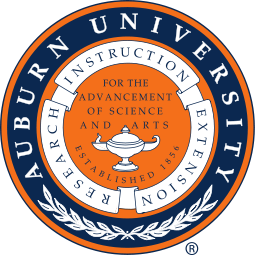
Auburn University
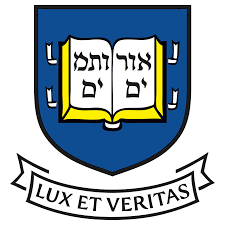
Yale University
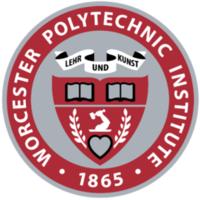
Worcester Polytechnic Institute
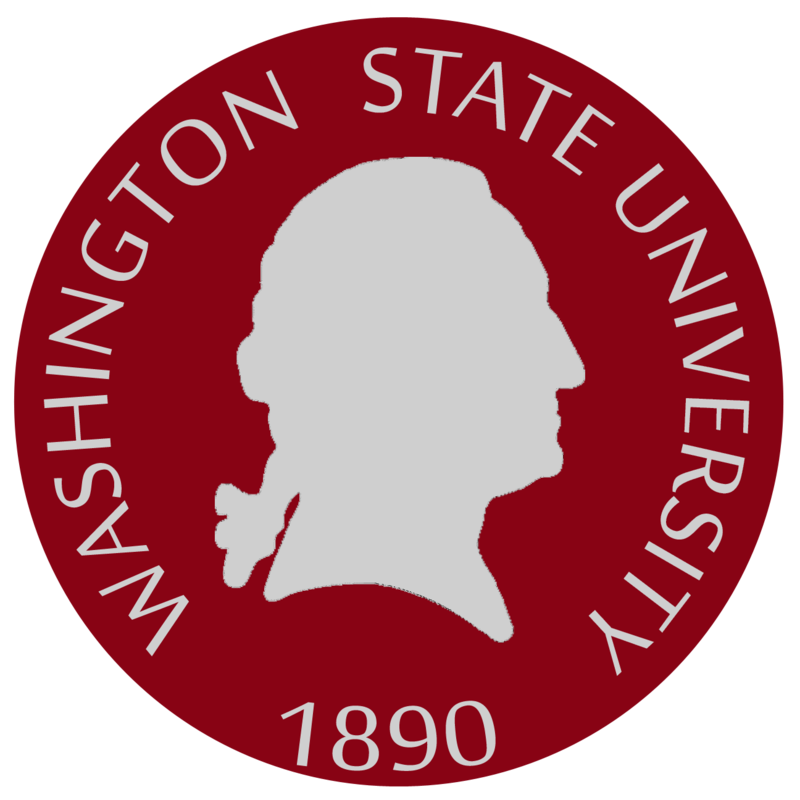
Washington State University
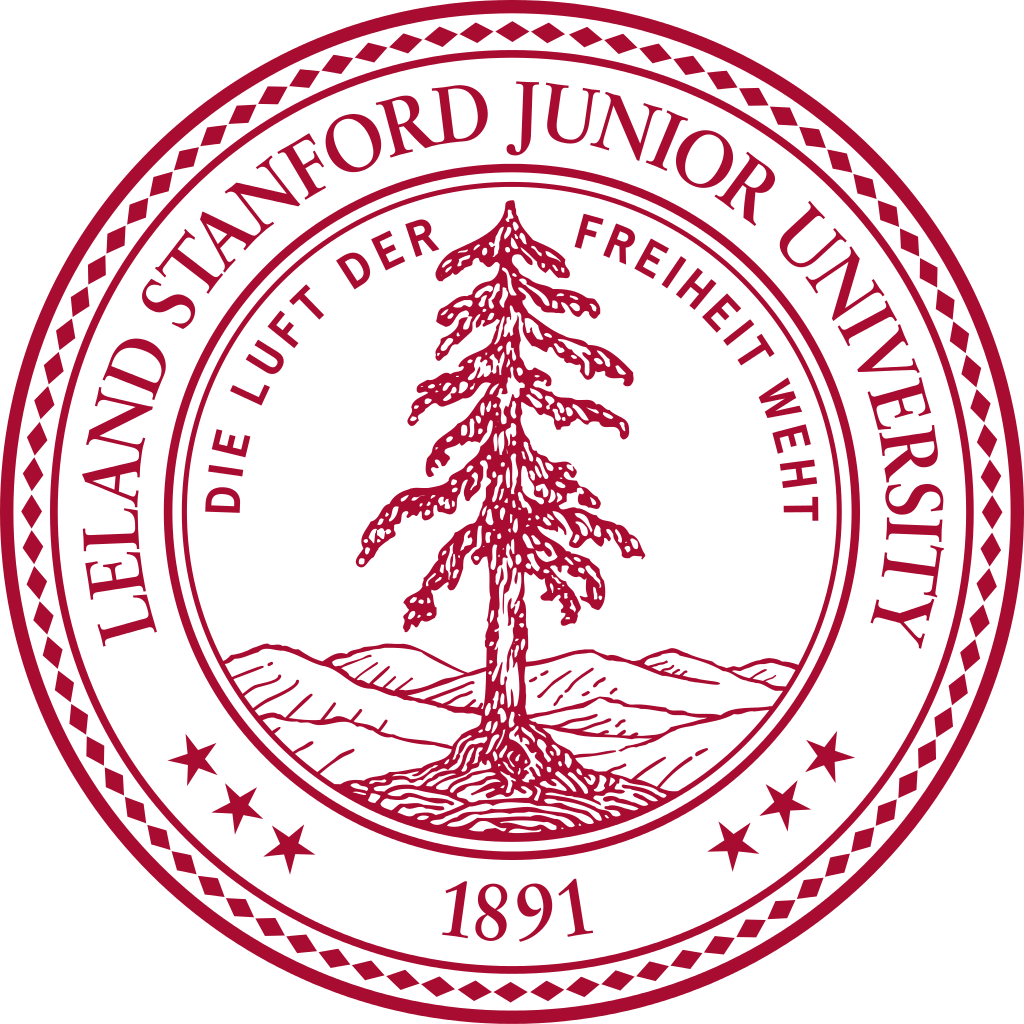
Stanford University
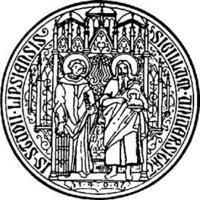
University of Leipzig
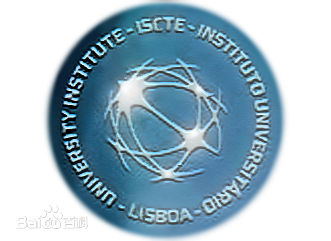
Universidade da Beira Interior
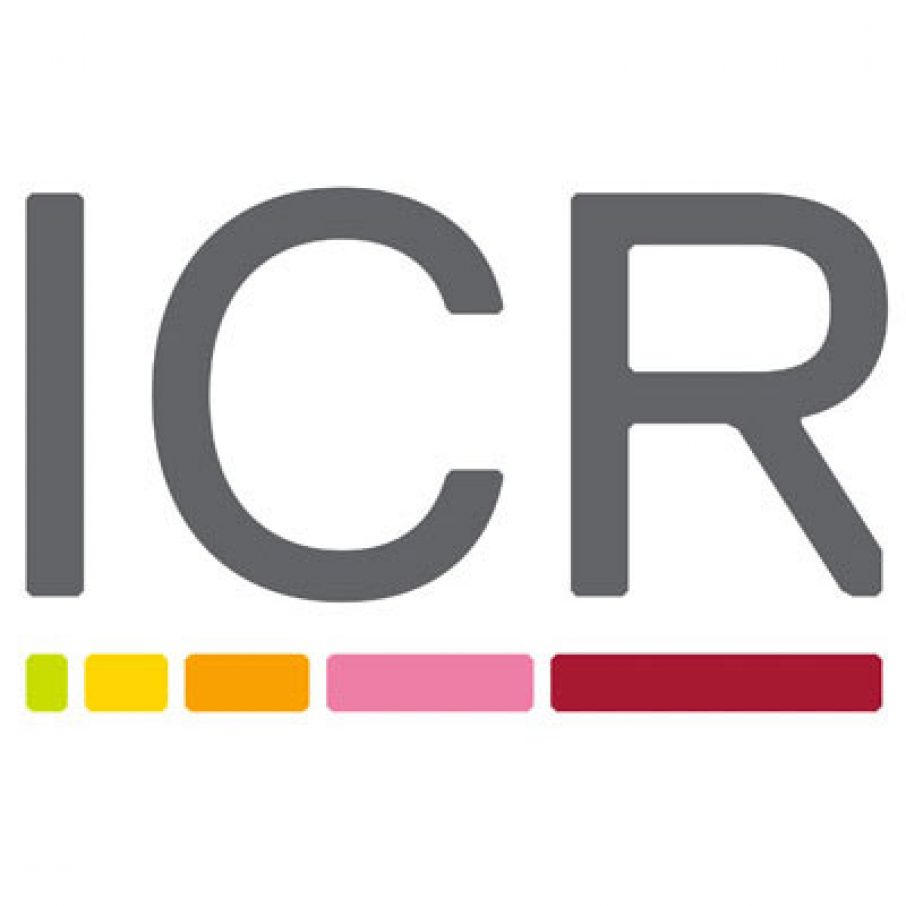
The Institute of Cancer Research
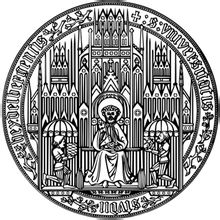
Heidelberg University

University of Amsterdam
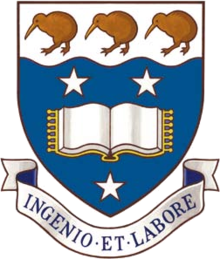
University of Auckland

TsingHua University
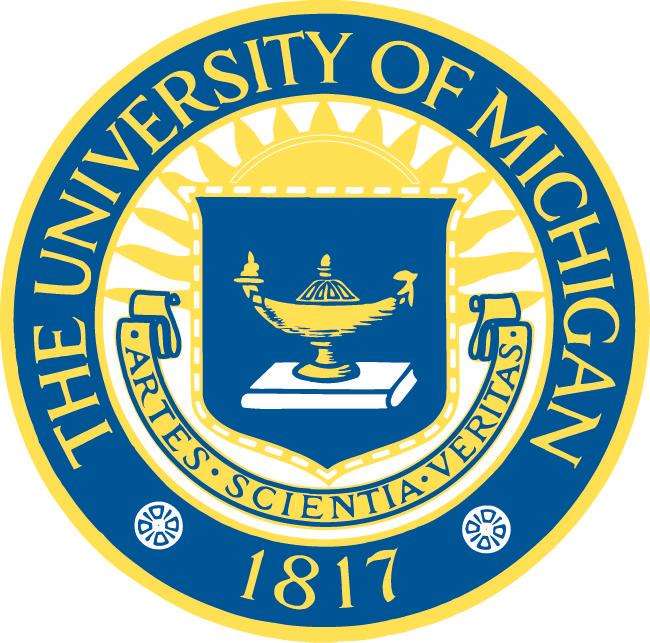
The University of Michigan
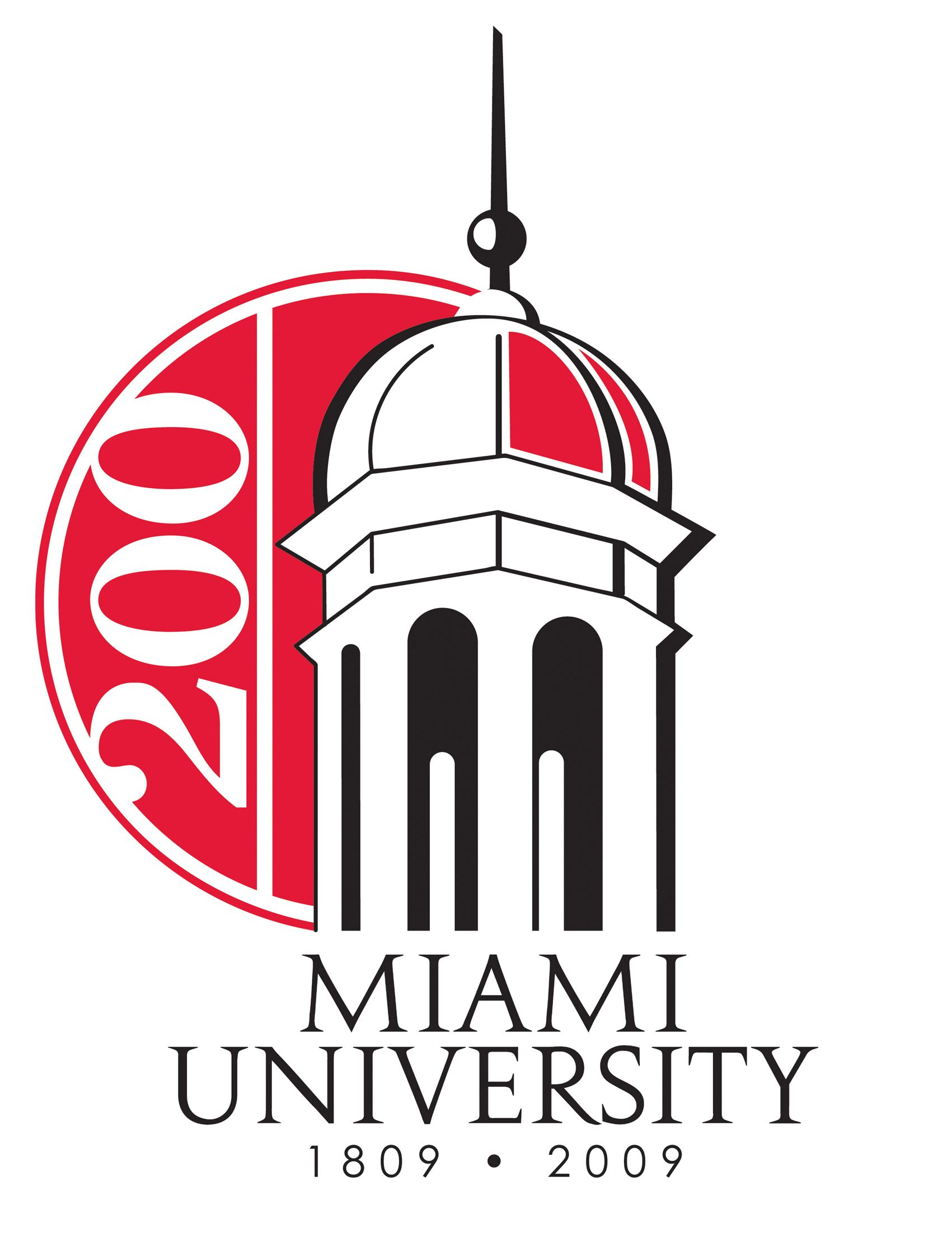
Miami University
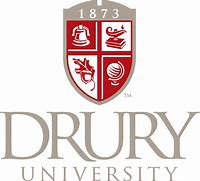
DRURY University
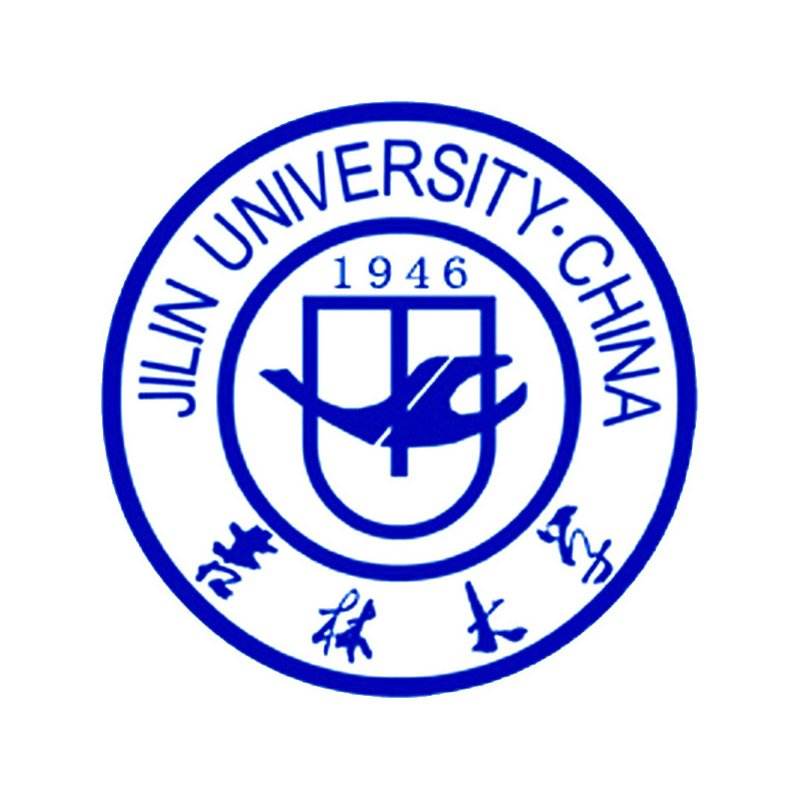
Jilin University
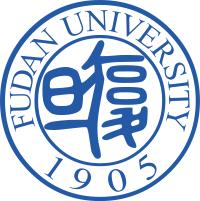
Fudan University
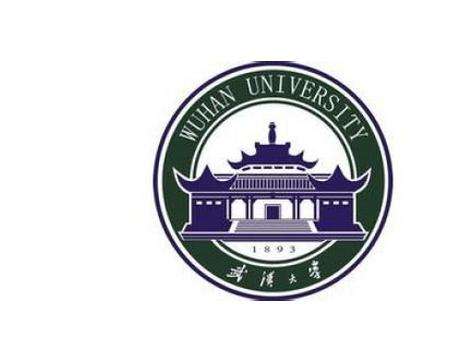
Wuhan University
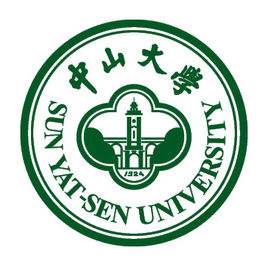
Sun Yat-sen University
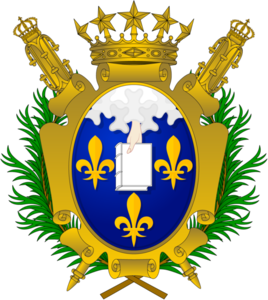
Universite de Paris
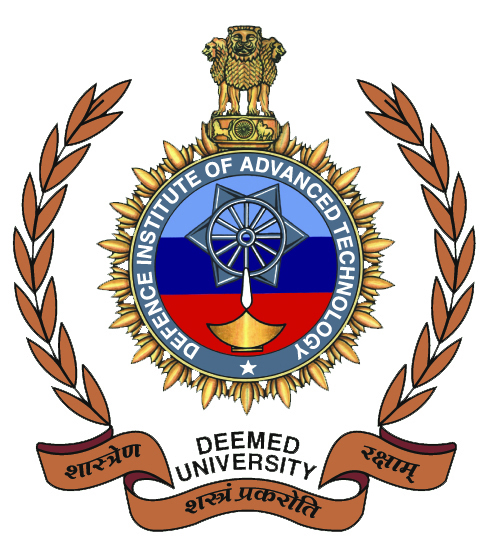
Deemed University

Auckland University
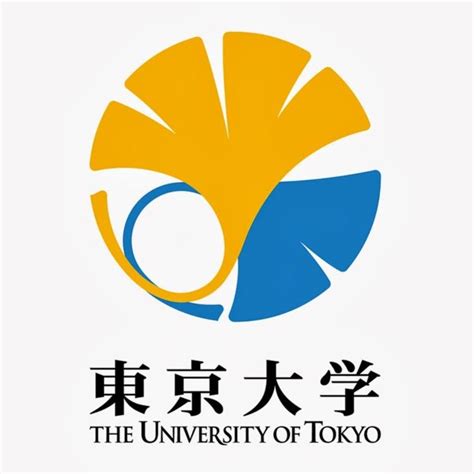
The University of Tokyo

Korea University
- Soyasaponin Ac
Catalog No.:BCN2897
CAS No.:133882-74-3
- Valnemulin HCl
Catalog No.:BCC4746
CAS No.:133868-46-9
- Safinamide
Catalog No.:BCC1915
CAS No.:133865-89-1
- OTS964
Catalog No.:BCC4025
CAS No.:1338545-07-5
- OTS514
Catalog No.:BCC4024
CAS No.:1338540-55-8
- EPZ004777
Catalog No.:BCC2218
CAS No.:1338466-77-5
- Pseudolarolide Q2
Catalog No.:BCN8092
CAS No.:1338366-22-5
- SR 1664
Catalog No.:BCC6166
CAS No.:1338259-05-4
- LIMKi 3
Catalog No.:BCC7972
CAS No.:1338247-35-0
- Manninotriose
Catalog No.:BCN8488
CAS No.:13382-86-0
- Dysolenticin J
Catalog No.:BCN7497
CAS No.:1337973-08-6
- GSK2656157
Catalog No.:BCC4983
CAS No.:1337532-29-2
- ML224
Catalog No.:BCC5596
CAS No.:1338824-21-7
- Kansuiphorin C
Catalog No.:BCN3764
CAS No.:133898-77-8
- Rimantadine
Catalog No.:BCC4938
CAS No.:13392-28-4
- Aristololactam I
Catalog No.:BCN2456
CAS No.:13395-02-3
- Fmoc-Lys(2-Cl-Z)-OH
Catalog No.:BCC3513
CAS No.:133970-31-7
- CUDC-907
Catalog No.:BCC2154
CAS No.:1339928-25-4
- Peonidin chloride
Catalog No.:BCN3016
CAS No.:134-01-0
- Sodium ascorbate
Catalog No.:BCC4719
CAS No.:134-03-2
- Pelargonidin chloride
Catalog No.:BCN3111
CAS No.:134-04-3
- Azaguanine-8
Catalog No.:BCC4629
CAS No.:134-58-7
- (-)-Lobeline hydrochloride
Catalog No.:BCC6927
CAS No.:134-63-4
- Lobeline Sulphate
Catalog No.:BCC8203
CAS No.:134-64-5
Aristolochic acids, aristolactam alkaloids and amides from Aristolochia kankauensis.[Pubmed:7765207]
Phytochemistry. 1994 Jul;36(4):1063-8.
Fourteen aristolochic acid derivatives: ariskanins A-E, 3-hydroxy-4-methoxy-10-nitrophenanthrene-1-carboxylic acid methyl ester, aristolochic acid-II methyl ester, aristolochic acid-IV methyl ester, aristolochic acid-C, -I, -II, -III, -IV, -IVa; nine aristolactam alkaloids: aristolactam, aristolactam-AII, -BIII, -AIII, -III, cepharanone-A, 9-methoxy-aristolactam-I, aristolactam-N-beta-D-glucoside and aristolactam-C-N-beta-D-glucoside; a 4,5-dioxoaporphine alkaloid: cepharadione-A, together with 12 other compounds: methyl-p-coumarate, N-trans-feruloyltyramine, N-cis-feruloyltyramine, methyl vanillate, methyl paraben, allantoin, an octadecyl- and Eicosyl ferulate mixture, cis- and trans-p-coumaric acid, N-p-coumaroyltyramine, N-p-cis-coumaroyltyramine, methyl ferulate and isorhamnetin-3-O-rutinoside were isolated and characterized from the fresh root and stem of Aristolochia kankauensis. Their structures were elucidated by spectral and chemical methods. Among them, ariskanins-A-E and N-p-cis-coumaroyltyramine are reported for the first time from a natural source. The cytotoxicity and antiplatelet activity of the compounds isolated are also discussed.


